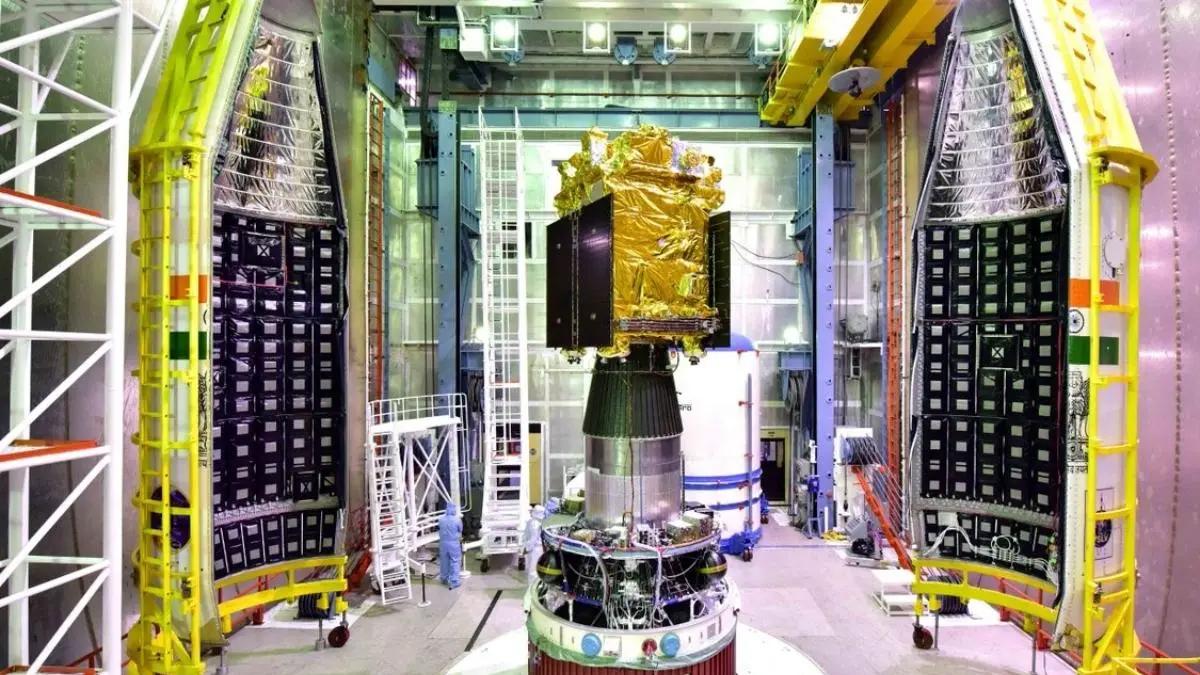ISRO has achieved a successful deployment of the magnetometer boom on the Aditya-L1 satellite, designed to measure the low-intensity interplanetary magnetic field in space. The six-meter-long magnetometer boom was deployed in the Halo orbit at the Lagrange point L-1 on January 11. The boom had been in stowed condition for 132 days since the launch of the Aditya-L1 satellite.
The boom carries two state-of-the-art, high-accuracy fluxgate magnetometer sensors that measure the low-intensity interplanetary magnetic field. These sensors are deployed at distances of 3 and 6 meters from the spacecraft body to minimize the impact of the spacecraft-generated magnetic field on measurements. Using two sensors assists in the precise estimation and cancellation of the spacecraft's magnetic influence.
The boom segments are constructed from carbon fiber-reinforced polymer and serve as interfaces for the sensor mounting and mechanism elements. The articulated boom mechanism comprises five segments interconnected through spring-driven hinge mechanisms, allowing for folding and deploying actions.
The Aditya-L1 solar mission reached the L1 point, approximately 1.5 million km from Earth, on January 6, enabling continuous observation of the sun. The solar observatory at L1 aims to observe and understand the chromospheric and coronal dynamics of the Sun in a continuous manner.
(With Agency Inputs)
ALSO READ | Bharatiya Space Station Tests Scheduled for Next Year, Confirms Somanath
ALSO READ | ISRO's Ambitious Gaganyaan Mission: A Highlight of 2024 in Space Exploration


















